Traditional Milling Process
• Chakki (Stone Mill): The traditional method involves grinding wheat grains using a stone mill called “”chakki.”” This method ensures that the flour retains its natural texture, flavor, and nutritional content.
• Freshness: Chakki fresh atta is typically ground just before use, ensuring maximum freshness and flavor. The freshness is key to achieving the desired softness and texture in bread.
Nutritional Benefits
• Whole Grain: Chakki fresh atta is made from whole wheat grains, meaning it includes the bran, germ, and endosperm. This makes it a whole grain flour, rich in fiber and nutrients.
• High Fiber Content: The presence of bran in whole wheat flour increases its fiber content, which is beneficial for digestion and overall health.
• Nutrient-Rich: It contains essential nutrients such as vitamins (B vitamins, vitamin E), minerals (iron, magnesium), and antioxidants.
Cooking Uses
• Chapati and Roti: The most common use of chakki fresh atta is for making chapati or roti, which are staple flatbreads in Indian households.
• Paratha and Puri: It is also used to make other types of Indian bread like paratha (stuffed or plain layered bread) and puri (deep-fried bread).
• Baking and Cooking: Besides traditional bread, it can be used in baking and cooking various dishes like bread, cookies, and other baked goods that benefit from its whole grain properties.
Comparison with Other Flours
• Versus Refined Flour (Maida): Chakki fresh atta is healthier than refined flour (maida) because it retains the bran and germ, which are removed in refined flour.
• Versus Commercial Whole Wheat Flour: Commercially available whole wheat flour might not always be as fresh as chakki ground atta. The traditional milling process can also impart a distinct flavor and texture to the flour, which might differ from commercially milled flour.
Storage
• Proper Storage: To maintain its freshness and prevent it from turning rancid, chakki fresh atta should be stored in an airtight container in a cool, dry place.
• Shelf Life: While it has a relatively long shelf life, it’s best used within a few weeks to a few months of grinding for optimal taste and nutritional benefits.








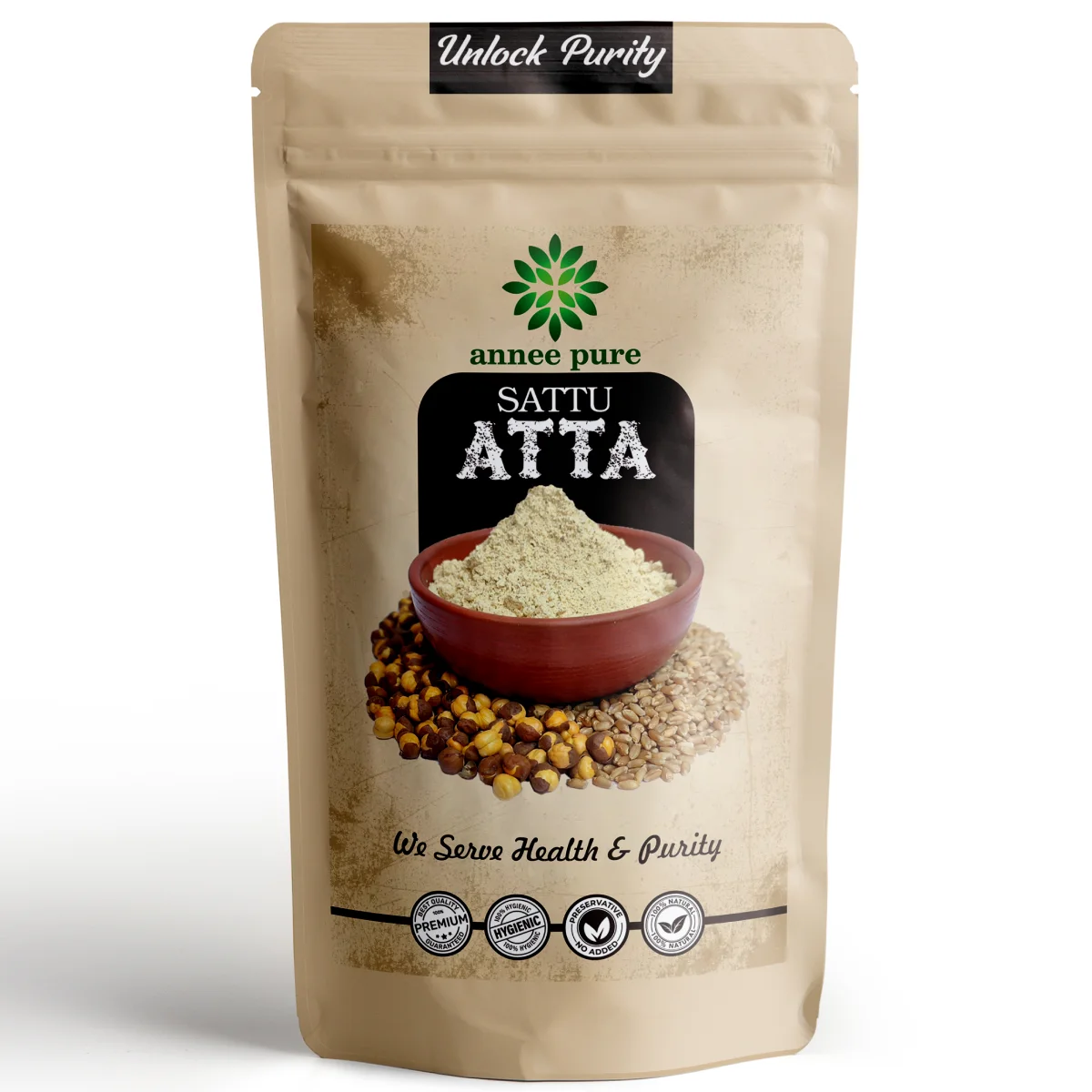
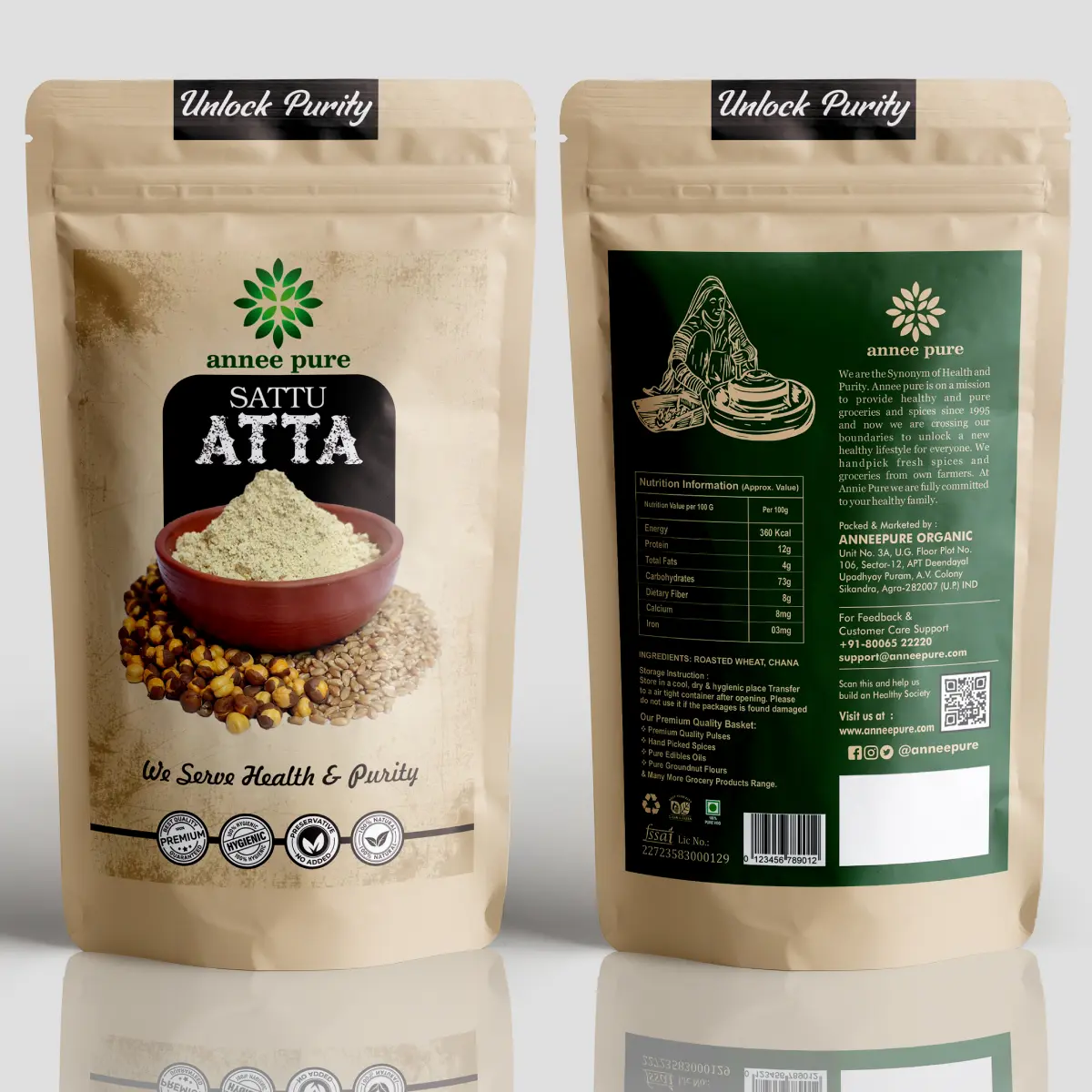
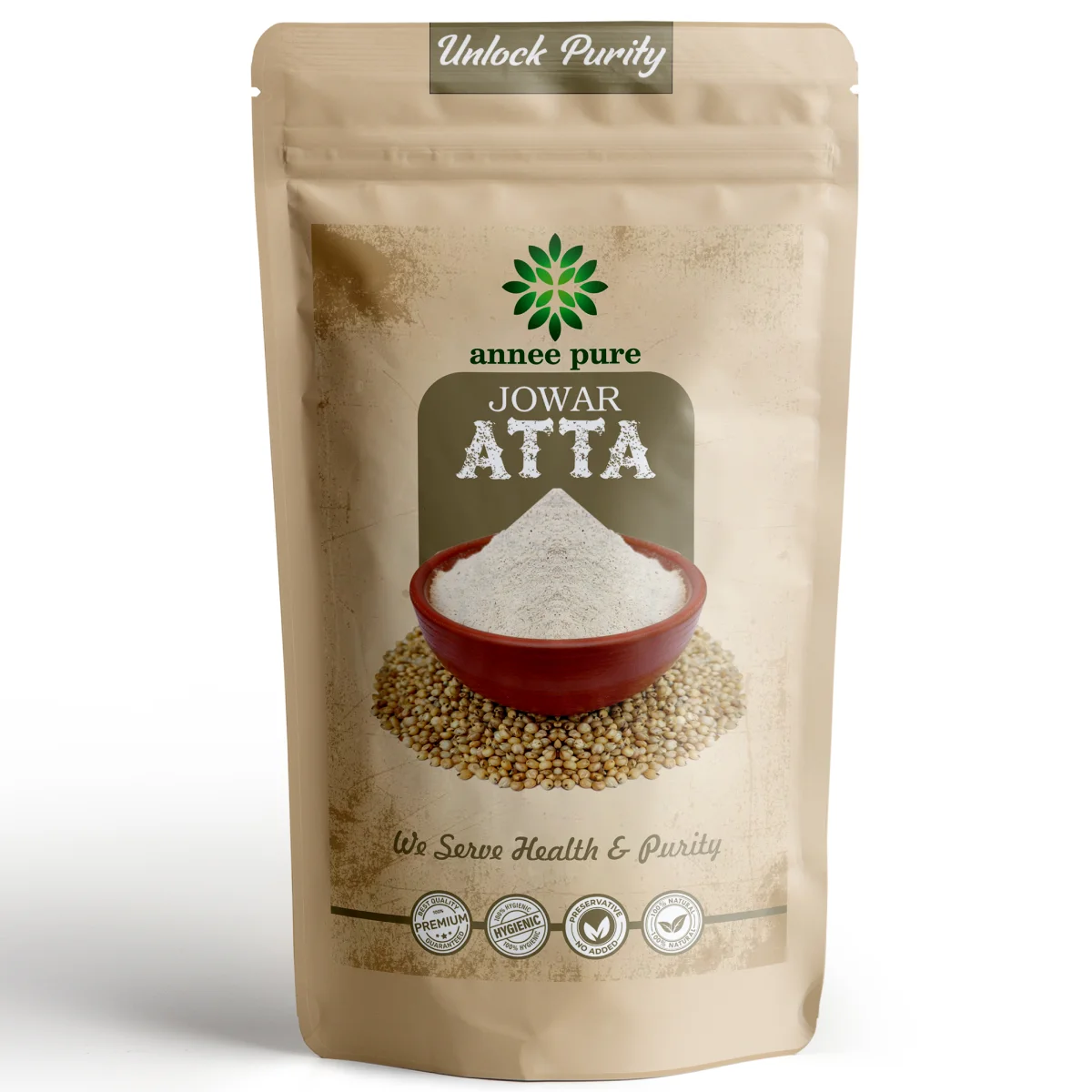

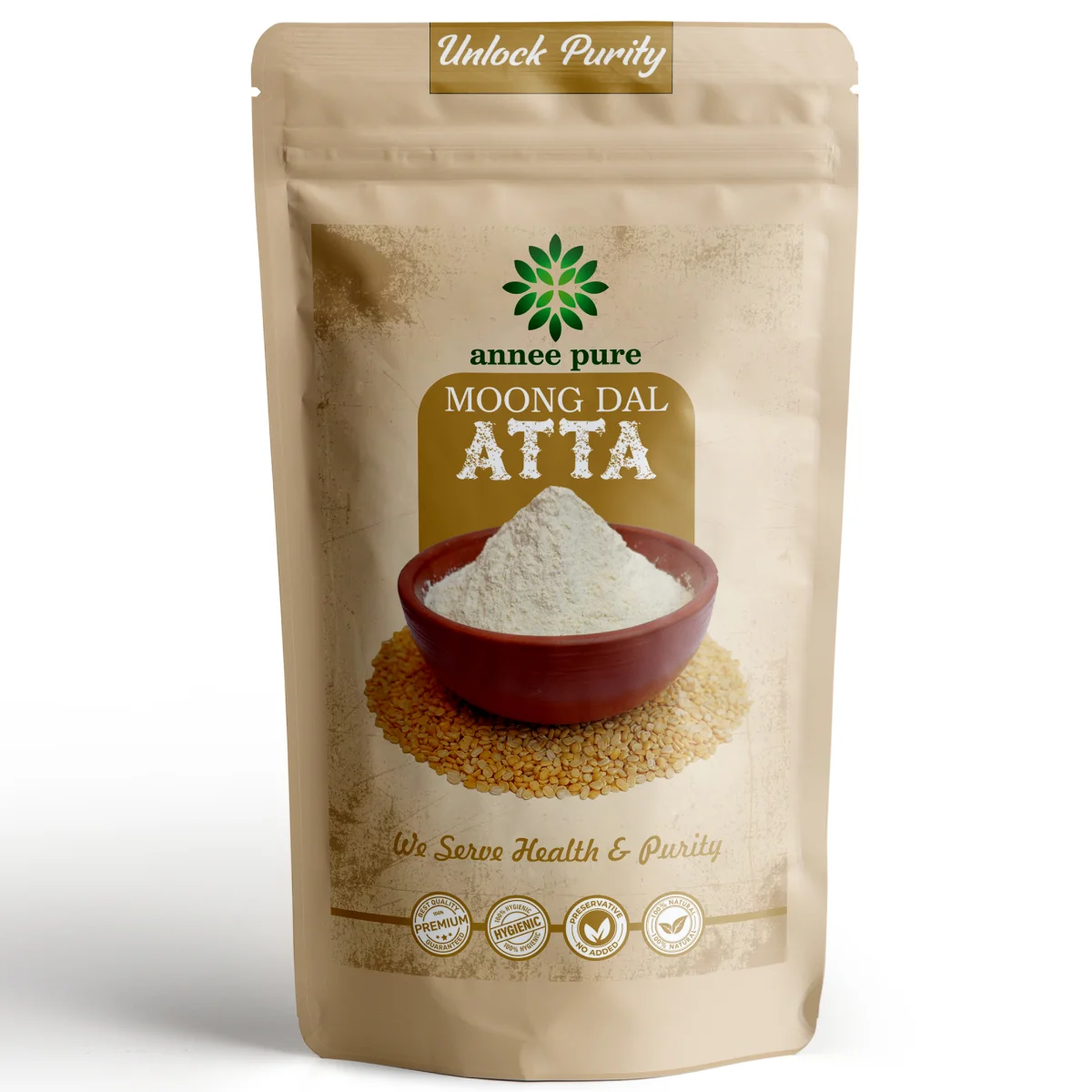


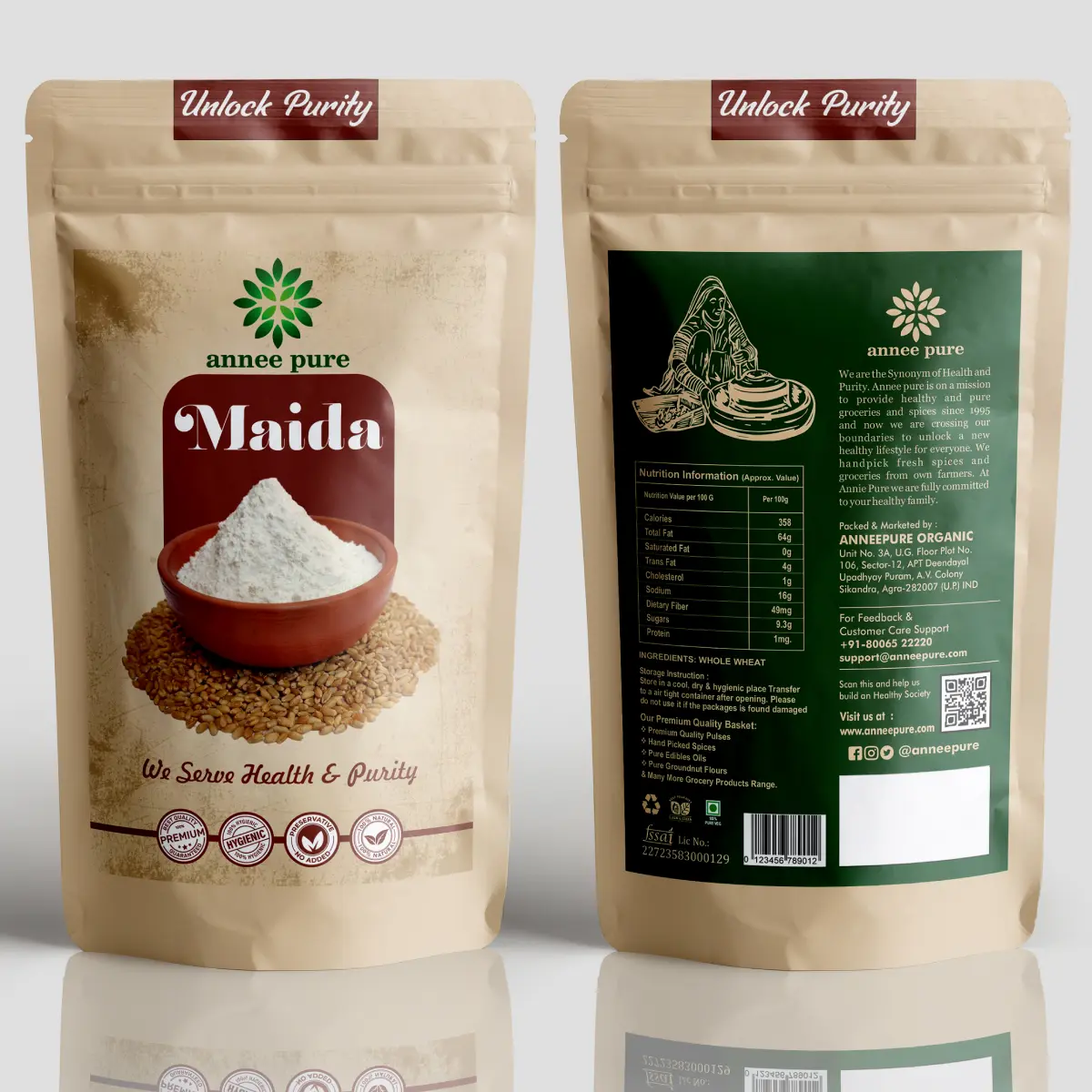
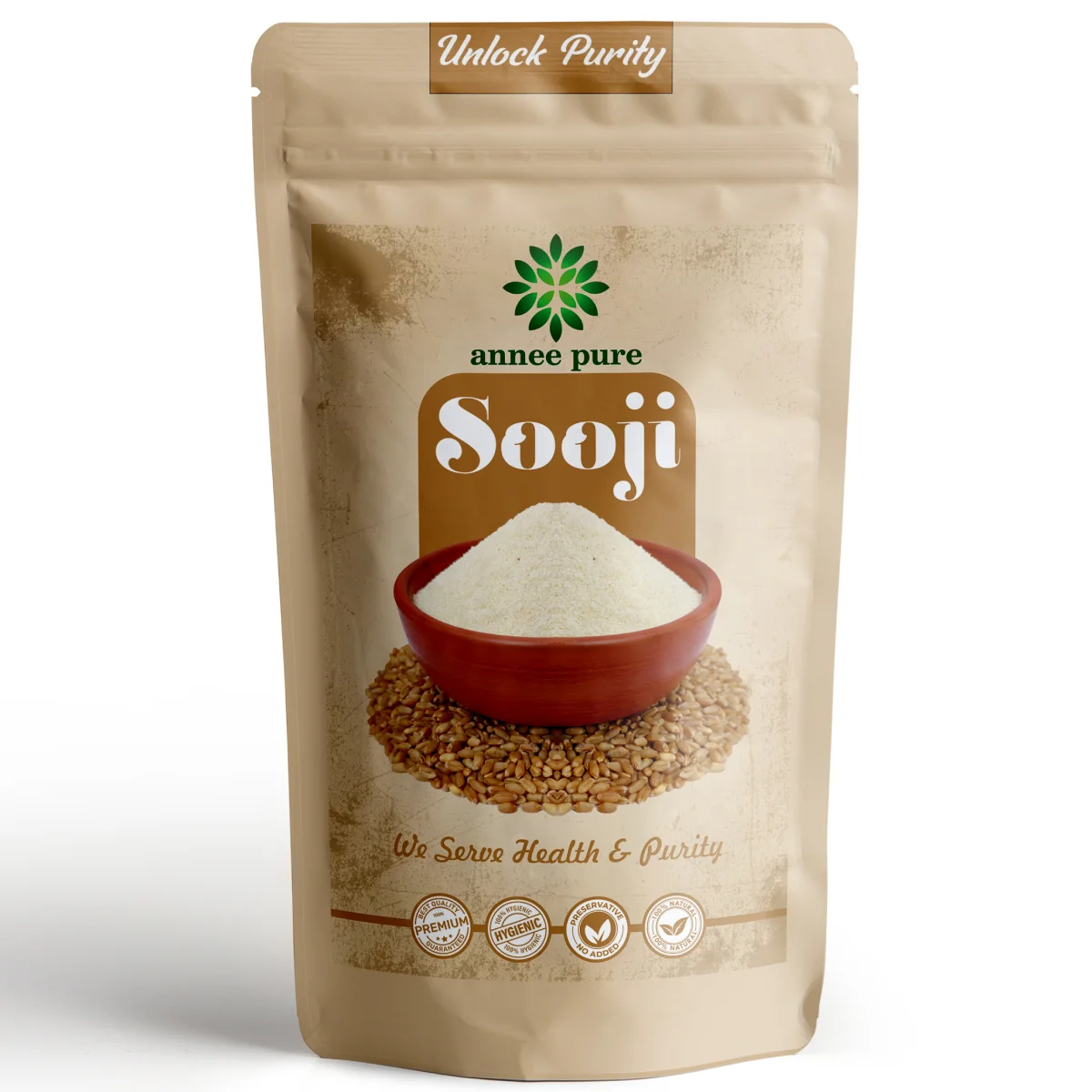
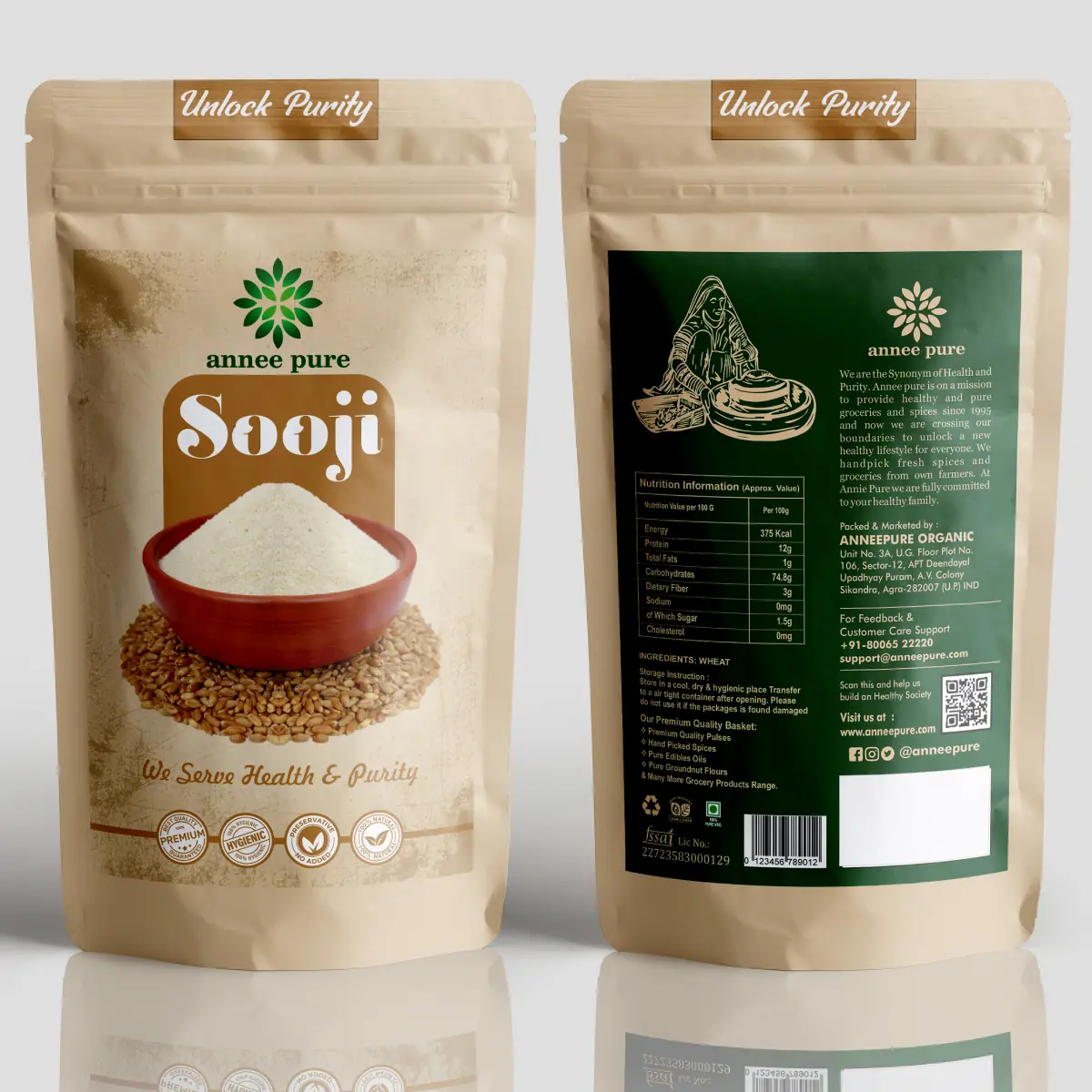
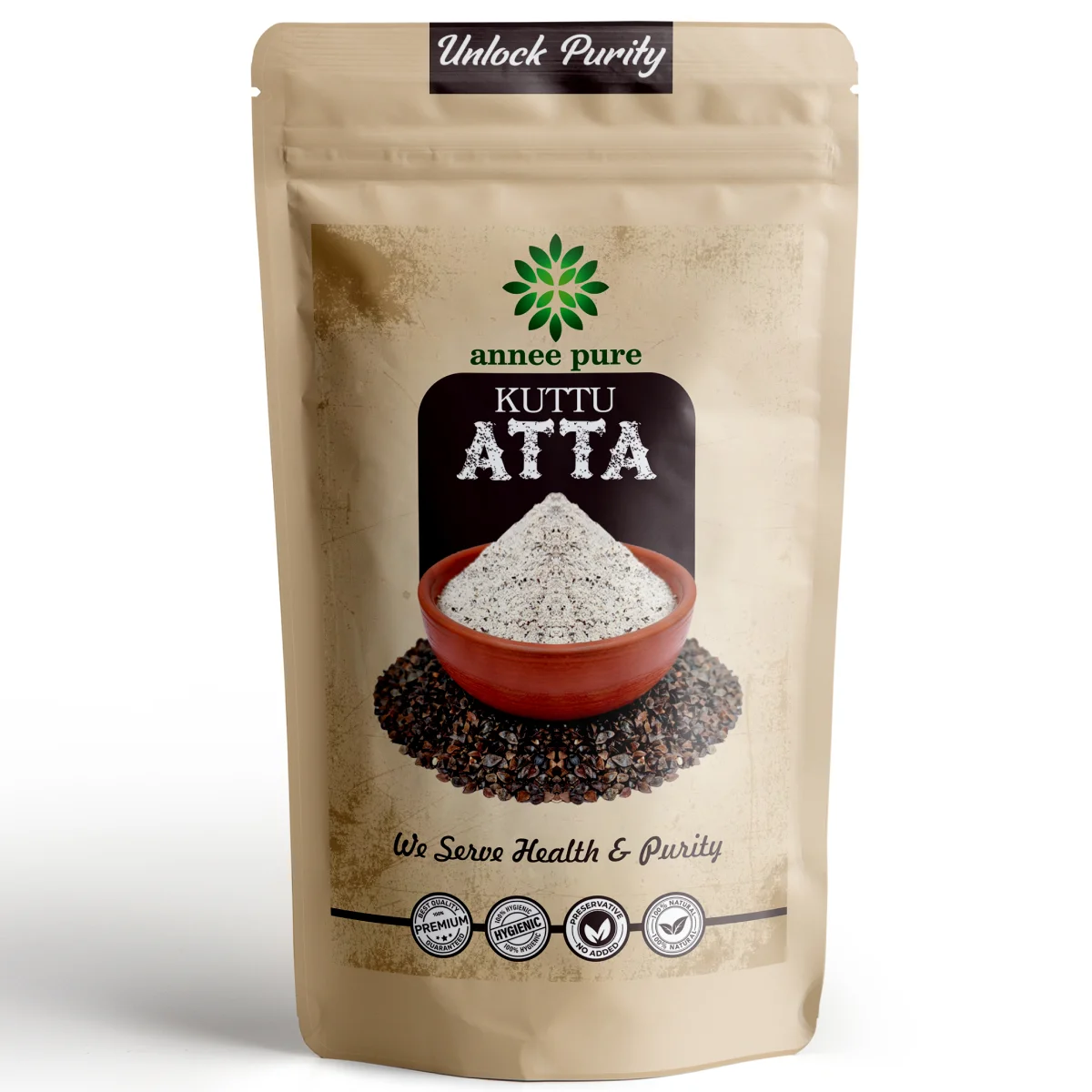
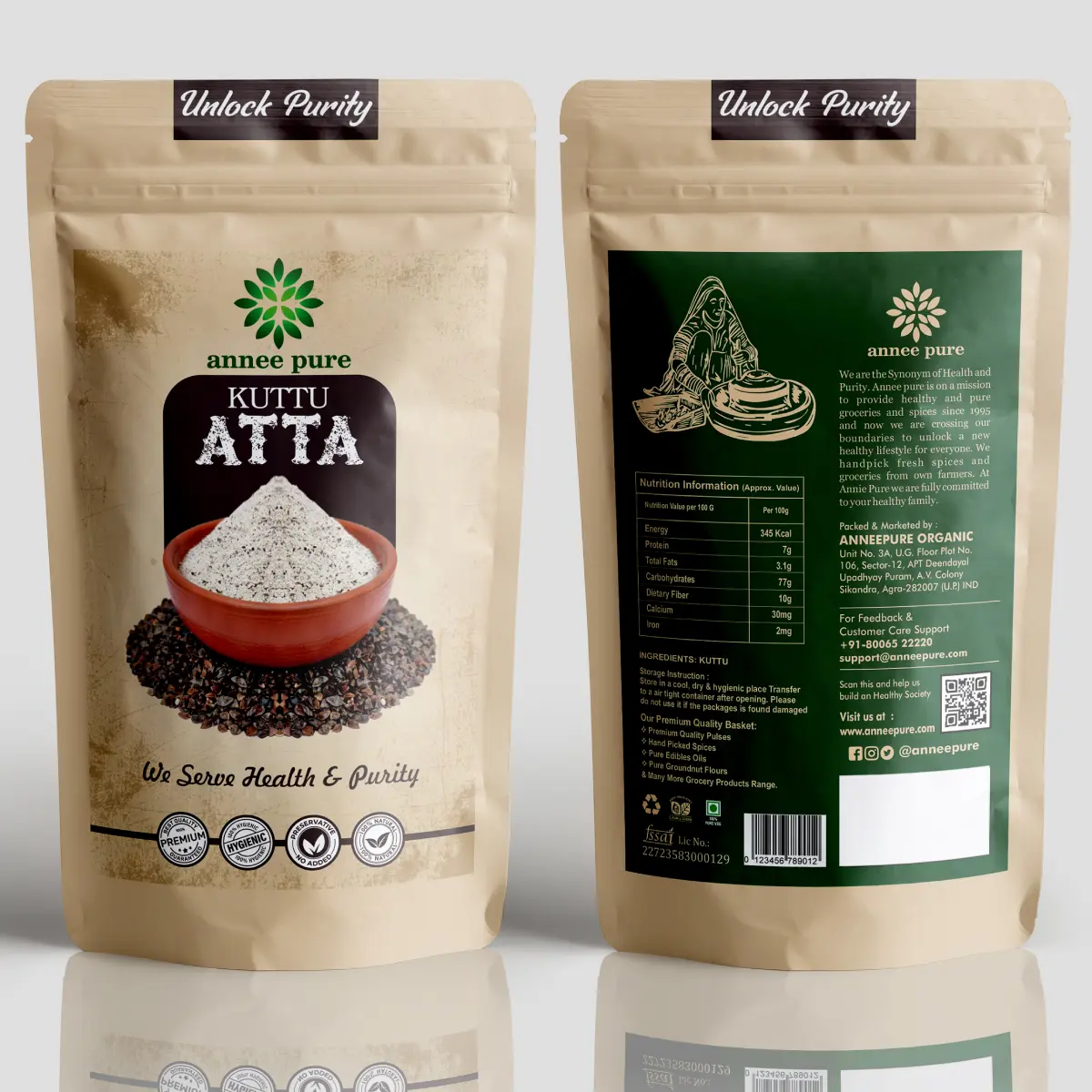
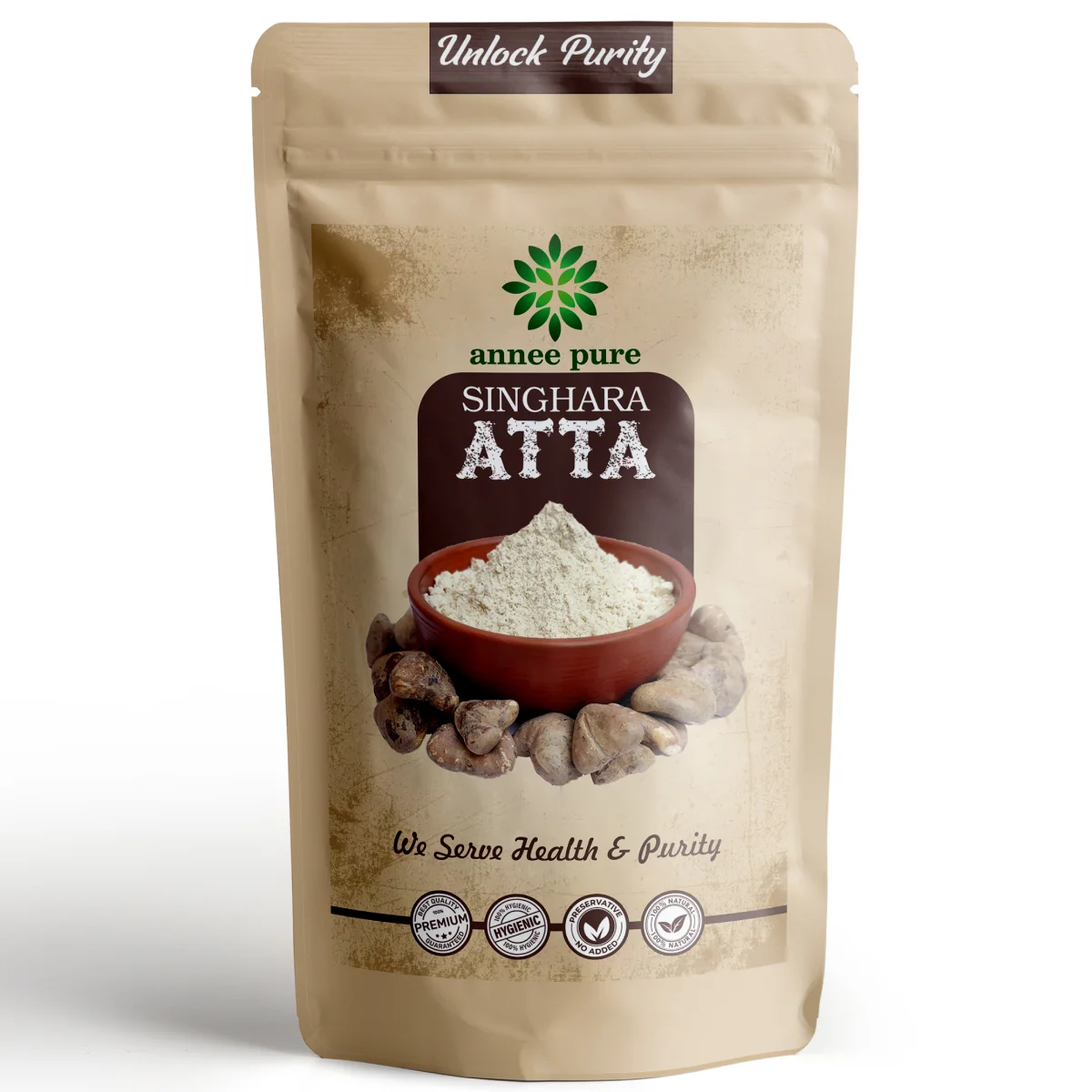
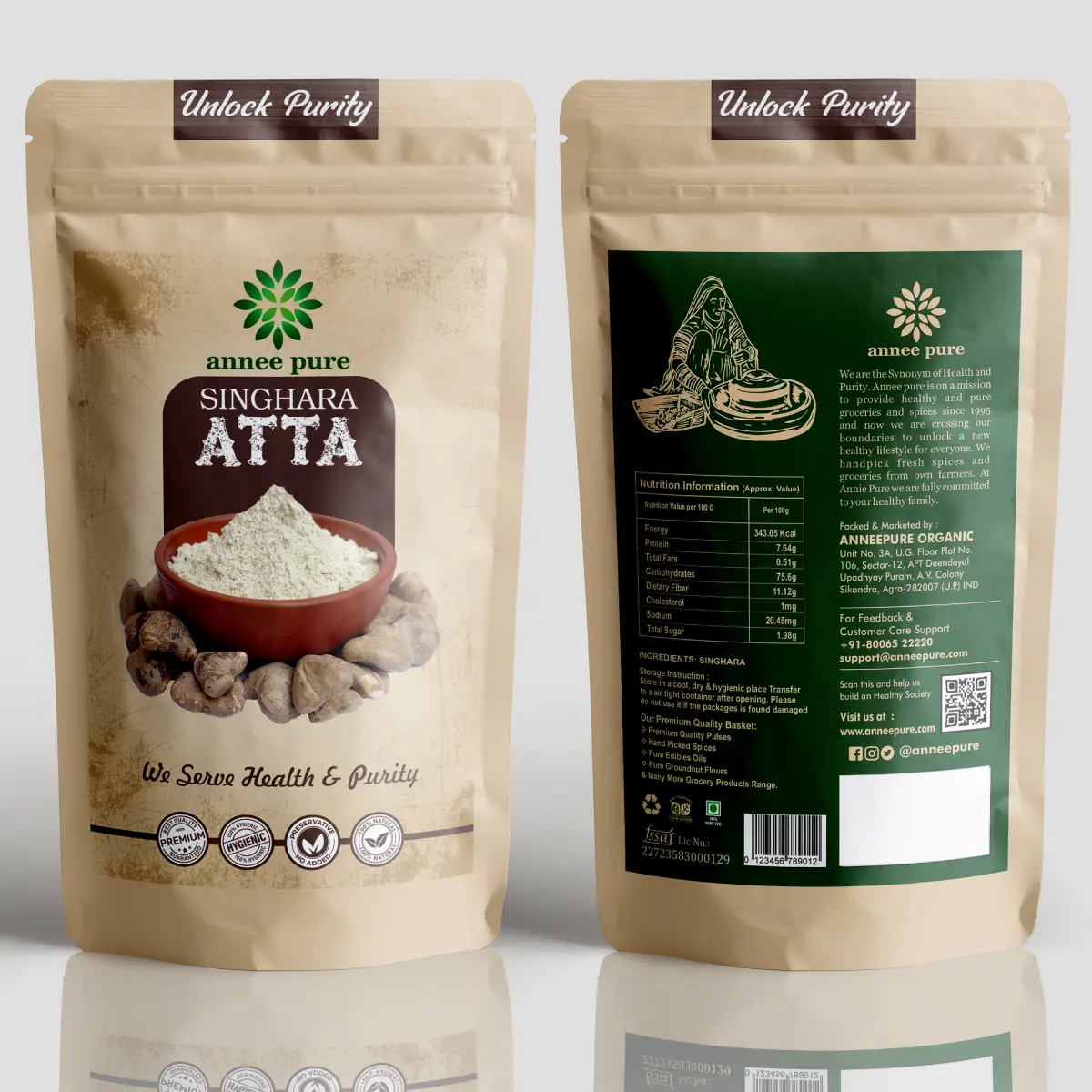

Reviews
There are no reviews yet.